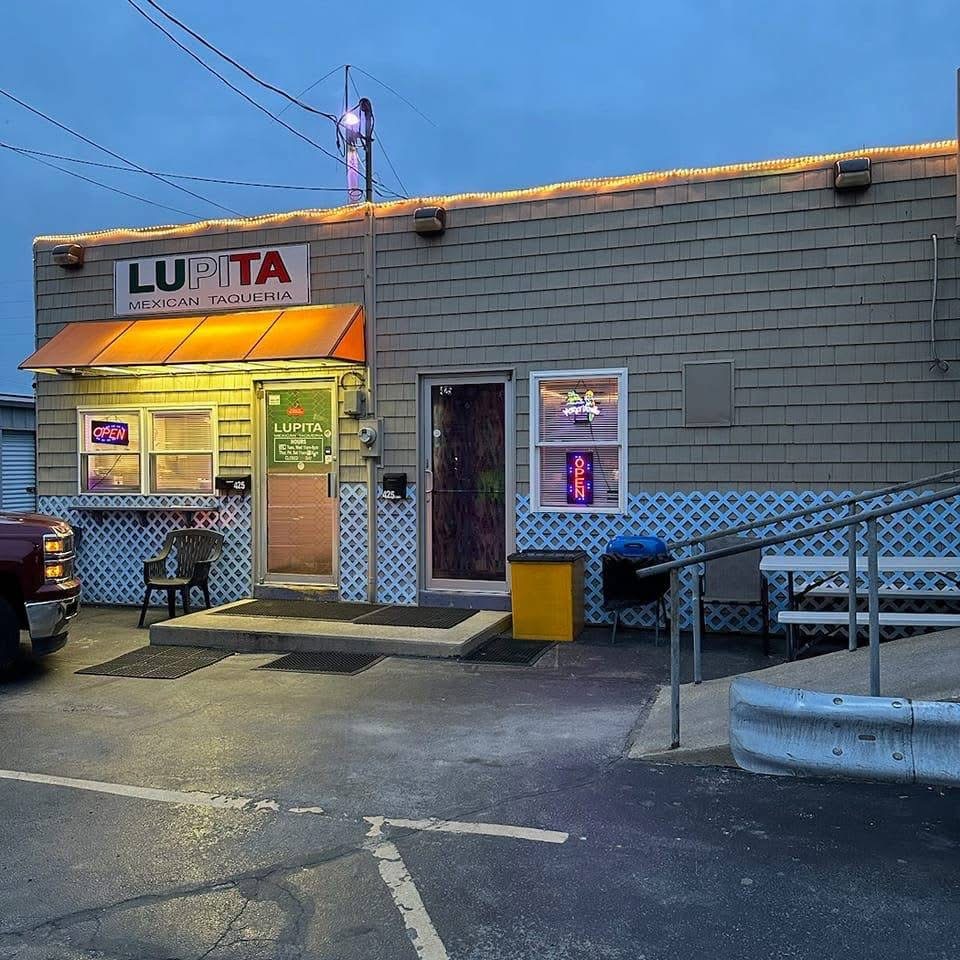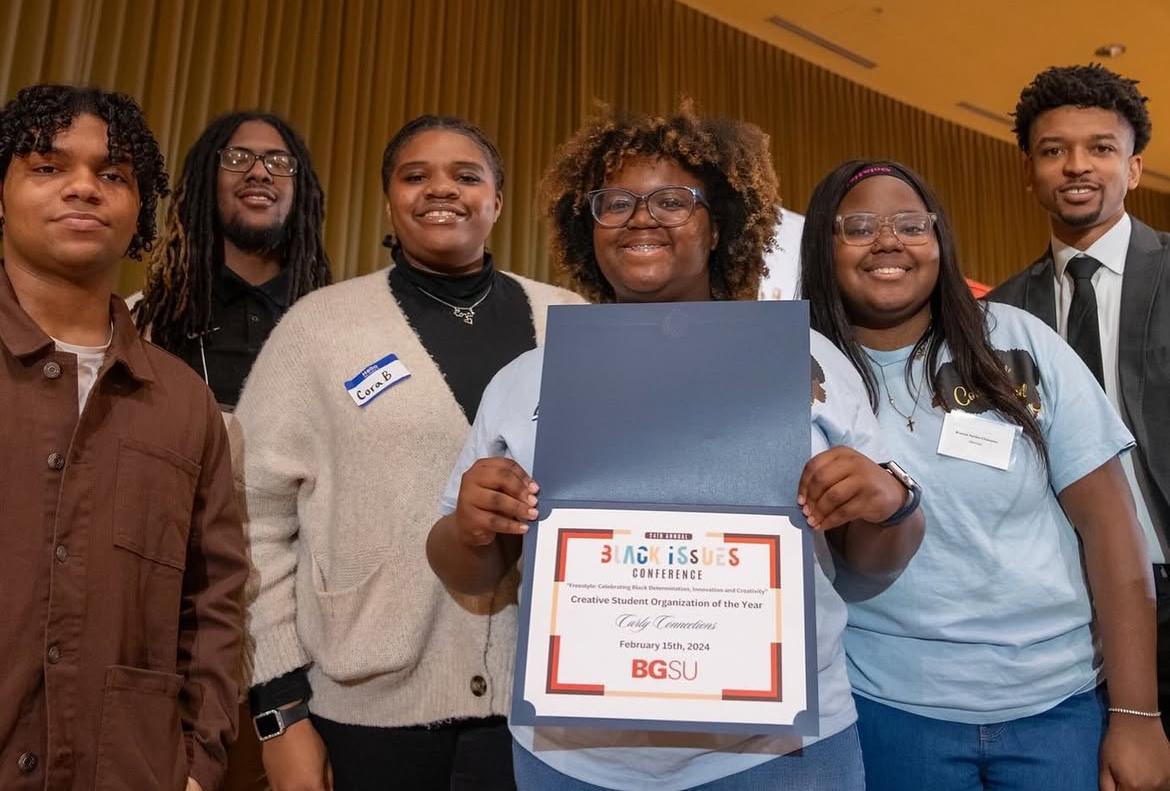The state of Ohio is looking to cut back on duplicated programs offered by public universities in similar geographic locations in accordance with Ohio’s bi-annual budget bill, House Budget 64. Bowling Green and Toledo are two such universities that share a section of the state.
Over 280 programs are offered between both universities; some of which overlap. Analysis and evaluations by the University have uncovered 49 possible duplicate programs shared with the University of Toledo, though Toledo may have different findings.
The term “possible” is key.
University Provost and Senior Vice President Rodney Rogers explained that of the 49 duplicates, some of the programs are duplicated because of high demand.
Rogers cited Biology, Accounting, Criminal Justice and Marketing as an example. Also eligible for exemption are newly instituted programs that need time to chart their enrollment progress. Rogers estimates only 15 of the 49 found fall outside of popular or necessary demand.
“I think both universities will return a report saying (most of) our duplicate programs are so large, there is a demand at both campuses,” Rogers said.
Careful study will be applied to courses where either the University has a robust enrollment and Toledo does not, or the reverse.
“We will begin to look at ways to work together to serve the students needs, and potentially cut duplicate programs,” Rogers said.
Rogers also mentioned there is still analysis being worked on to determine if the courses are in fact duplicates or just C.I.P. code issues.
“We will be looking at the programs(s) identified at the University of Toledo; then look at our programs and make sure they are duplicate programs,” Rogers said.
According to the National Center for Education Statistics website, Classification of Instructional Programs, or C.I.P codes, “provide a taxonomic scheme that supports the accurate tracking and reporting of fields of study and program completions activity.”
What this means is that college programs are classified by a four digit code. However, because of human error, programs can end up with misleading C.I.P. codes.
In essence, the administration wants to make sure “apples” are truly being compared to “apples.”
Rodgers stressed the difference between programs and courses. A program being a degree or major offered by a university, while a course is a piece of the program.
The preliminary results are in: 49 programs with approximately 15 of those stated in need of review, and the University is continuing to work on verification. The next phase of the process, meetings with the University of Toledo, are expected to happen sometime in March.
“Once [the review] is done we will begin to work with the faculty at both institutions,” Rogers said. “Then we will engage the faculty and staff associated with the programs, should any be found, to see if there are opportunities to work together.”
Collaboration between the two universities is not uncommon. Rogers offers the nursing programs as an example of excellent cooperation.
As the program works now, the University awards the nursing degree, even though a fair number of the higher level courses are offered through the University of Toledo.
“We are continuously looking for ways to share faculty resources to make sure the needs of the students are being met,” Rogers said.
Though this process has a chance of closing programs on campus, Rogers makes it clear the University will not leave students needs unattended.
“How it works at the University, is we always have a teach-out strategy,” Rogers said.
A teach-out strategy, as explained by Rogers, makes sure a student in a defunct program has access to all courses related to their degree. The program stops taking on new students while existing students finish the program in a timely manner, as though nothing has changed.
“We want to be able to tell the students, ‘You will be able to finish your degree as planned,’” Rogers said.
Rogers also emphasized this process does not mean the state is forcing the University to stop offering programs.
“It is simply asking us to reflect on whether we can find any efficiencies,” Rogers said.













